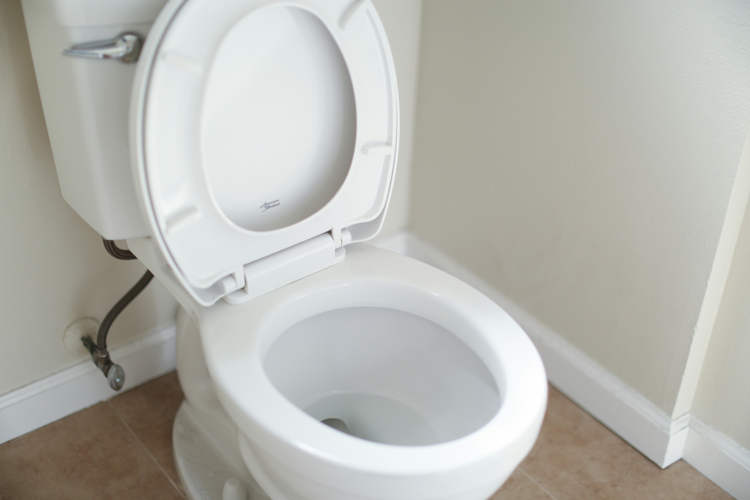A small village located on the banks of the Yangtze River, in Sichuan Province, has become known as one of China’s premier suppliers of ornamental stones, generating millions of dollars in revenue every year.
Positioned in an idyllic location, right next to China’s largest river and surrounded by green, forest-covered mountains, Hejiaba village gets a decent number of tourists every year, but tourism isn’t the most profitable local business. That title goes to the collection and sale of ornamental river stones; not the small ones that fit in the pocket as good luck charms, but heavy boulders that enthusiasts all over China pay good money on to add them to their collections. It’s estimated that Hejiaba village generates around 20 million yuan ($3.08 million) annually from the sale of this virtually inexhaustible resource.
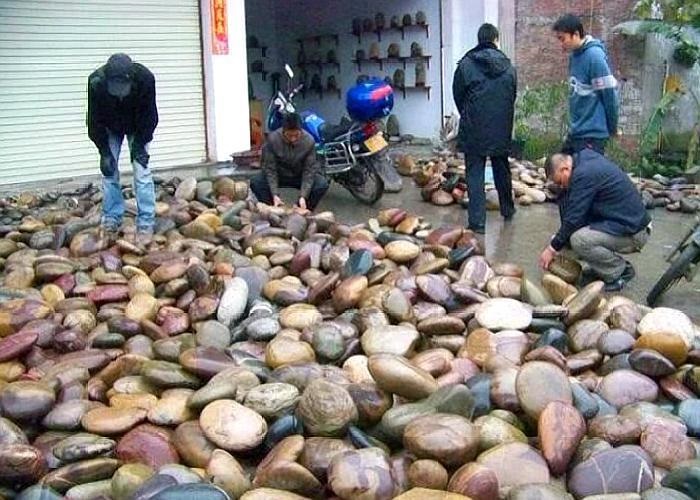
From February to April, when the Yangtze River enters the dry season, hundreds of villagers can be seen combing the banks of the river in search of beautiful, smooth boulders. There are more than 3,000 acres of pebbled river stone beach that stretches for nearly 10 kilometers along the banks, so there’s plenty of stone to go around. But finding the most valuable ones isn’t easy.
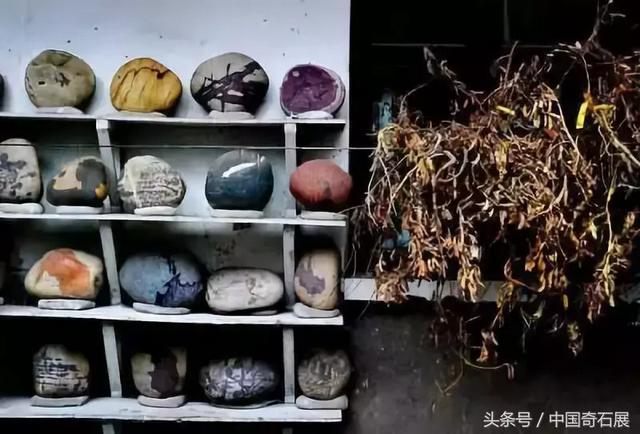
What makes Hejiaba river stones so popular among collectors is the interesting patterns some of them feature. Some of these trigger the viewer’s pareidolia, others have almost geometrical patterns, and others are just nice to look at. The point is that not all river stones are worth selling, and it’s the job of local “stone sifters” to pick the ones that will fetch the most money.
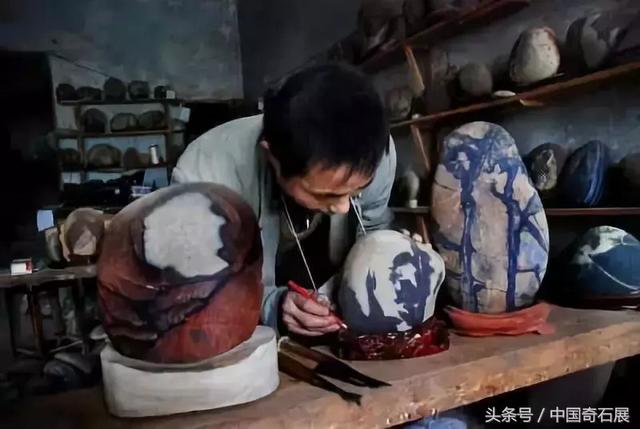
The stone sifters are usually men over 30 who have been collecting and selling river stones for a while, so they have a good idea of what the market is looking for. They pick the best ones from the bunch gathered by the locals, clean them, sometimes place them on custom wooden racks and then sell them to interested parties, keeping a percentage of the price as commission.
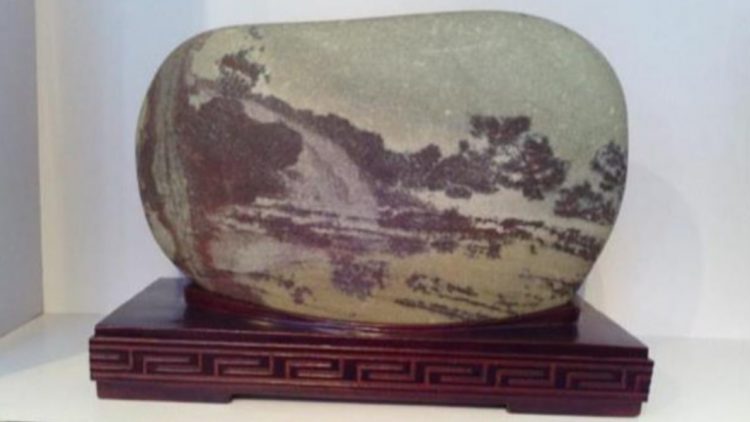
It is said that the people of Hejiaba village have known about the beauty of their river stones for several decades, and some even brought the stones to their homes as decorations. But the business of collecting the stones and selling them for profit didn’t develop until 2003, when a couple in Niutan Town allegedly saw some of these beautiful stones, took a few back home with them and sold them at the market for a pretty penny. The river stone trade has come a long way since then…
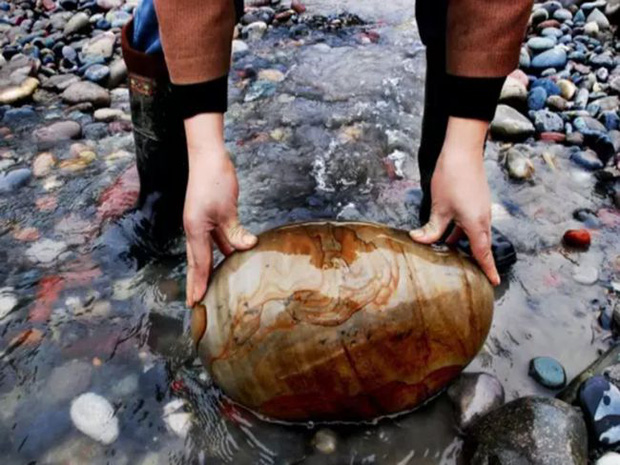
Some of the most valuable Hejiaba river stones can sell for thousands, even tens of thousands of yuan. One stone, which the owner actually named “Difficult Shu Road” after the pattern displayed on it, reportedly sold for a whopping 100,000 yuan ($15,400). Chinese media recently covered the unusual business, saying that many of the locals live off the trade, and some have become very affluent thanks to it.
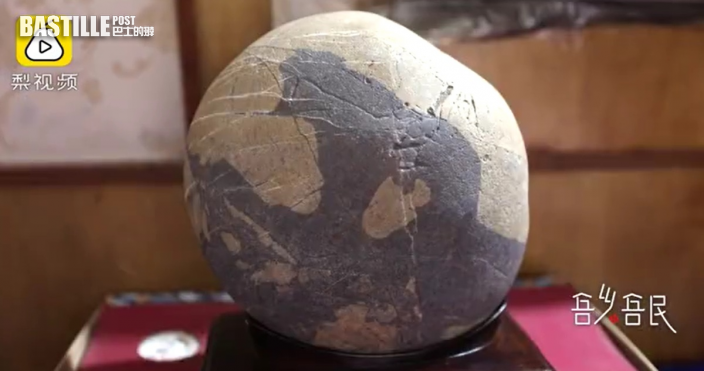
Every year, new stones flow down the Yangtze River from the Qinghai-Tibet Plateau and wash up on the beaches close to Hejiaba village, and each February the locals return to sift through the millions of stones, looking for their next big pay check. As long as the Yangtze flows and demand for ornamental stones remains high, the river stone trade will continue to thrive.
Interestingly, Hejiaba is far from the only village on the banks of the Yangtze, but while it does see more stones wash up on its banks than most others, that’s not what makes it special. This place has already built a reputation, with Hejiaba stones fetching a premium price compared to other ornamental river stones.



